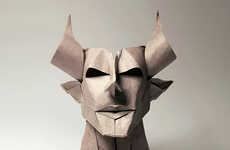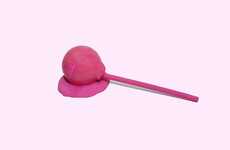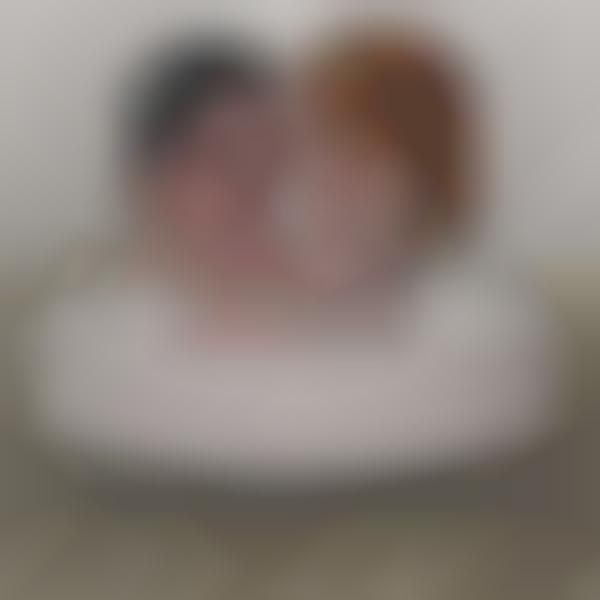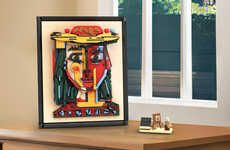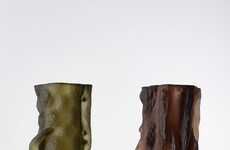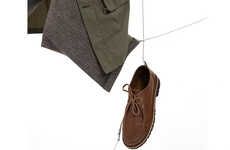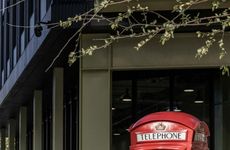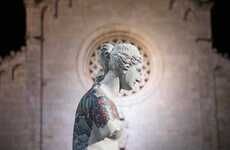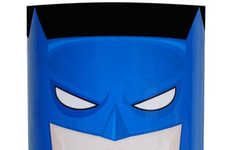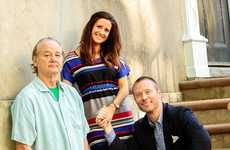
Peculiar Portrait 360 Project Plays with Material and Subject Distortion
Amelia Roblin — August 3, 2012 — Art & Design
References: gianlucatraina & contemporist
You can immediately sense that something is off about the Portrait 360 sculptures. They appear to be wearing their faces at the backs of their heads and their hairstyles over the contours of their eyes, noses and mouths. Remarkably, when viewed head-on, the pixelated physiognomic images seem to be extraordinarily accurate, even though the shape of the rear cranial canvas is lacking in topography.
The success of these statues is the result of careful studies and much experimentation by artist Gianluca Traina. He used twisted and woven paper to create the skin of the Portrait 360 sculptures, relying on the material's polychromatic details and its ability to conform to the fluctuating shape of the subjects' facial features. Despite a surprising realism to the collection of abnormal busts, the notion of anonymity is pronounced in this project.
The success of these statues is the result of careful studies and much experimentation by artist Gianluca Traina. He used twisted and woven paper to create the skin of the Portrait 360 sculptures, relying on the material's polychromatic details and its ability to conform to the fluctuating shape of the subjects' facial features. Despite a surprising realism to the collection of abnormal busts, the notion of anonymity is pronounced in this project.
Trend Themes
1. Backwards Faces - The use of reverse facial features in sculptures creates a sense of distortion and challenges traditional notions of portraiture.
2. Material Experimentation - Artists using unconventional materials like twisted and woven paper push the boundaries of sculptural expression.
3. Anonymity in Art - Exploring anonymity in portraiture through distorted and pixelated images raises questions about identity and representation.
Industry Implications
1. Art and Design - The art and design industry can explore the use of unconventional materials and distortion techniques to create innovative sculptures and installations.
2. Technology and Imaging - Advancements in imaging technology can support the creation of accurate and detailed reverse facial sculptures, opening up new possibilities for artistic expression.
3. Fashion and Beauty - The fashion and beauty industry can draw inspiration from the pixelated and distorted facial features to create avant-garde makeup and hairstyle trends.
4.3
Score
Popularity
Activity
Freshness


